Designer furniture from Carl Hansen & Søn are designed and crafted to last for generations. To assure the greatest possible enjoyment from your furniture and the longest lifespan, it is important that it is properly looked after. Please note that Carl Hansen & Søn’s product warranty is only valid when the proper care and maintenance have been adhered as per the instruction guide.
You may find product care and treatment instructions on the following surfaces on this page:
– Textile and Fabric Upholstered Furniture
– Leather Furniture
– Stainless Steel / Chrome / Powder-Coated Steel Furniture
– Cushions with Down / Feather
– Tables and Table Tops: Soap Treated Tables, Oil Treated Tables, Lacquered Tables, Laminate Table Tops, Glass Table Tops
– Solid Wood Chairs: Soap Treated Chairs, Oil Treated Chairs, Lacquered Chairs, Paper Cord Chairs
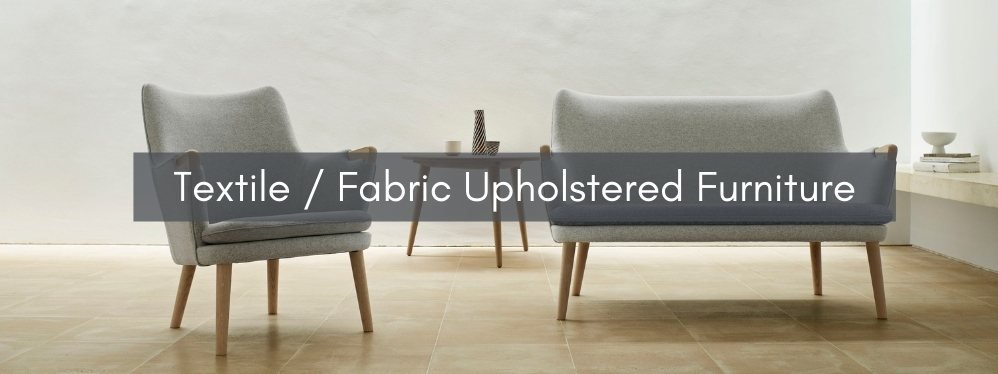
Fabric / Textile Upholstered Furniture
Carl Hansen & Søn offers a comprehensive choice of textiles. The textiles, used for upholstery, come from trusted Danish suppliers. The quality and properties are carefully chosen and are suitable for both commercial and residential use, with a great importance placed on durability, resilience and functionality.
Instructions for Maintaining Textile Products
Regular cleaning and maintenance of upholstered furniture is important in retaining the upholstery fabric appearance, as well as extending its life.
It is recommended to vacuum the upholstered furniture often, best at least once a week. Where there are loose cushions, it is a good idea to swap the cushions from time to time so that the cushions have equal wear and tear. Cushions with polydun should be shaken regularly during use to ensure an even distribution of polydun in the cushion and to keep the shape of the cushion.
Stain removal in Textile Products
It is best to have the stain cleaned and treated quickly, for a better chance for the stain to be completely removed.
In the case of spilled liquids, soak up the liquid with a clean cloth as quickly as possible. Non-greasy stains can be removed initially by gently dabbing with a clean cloth or sponge soaked in clean, warm water. Ensure the fabric does get too wet to prevent water and dirt seeping in further. Work on the stain from the outer edge towards the middle.
Grease stains can be removed with suitable stain removers. It is recommended that the stain remover first be tested on a less visible place before the more visible area. Stains from thick liquids or solids should be scraped up as much as possible before further cleaning. Dried stains should be vacuumed for loose particles before any further treatment.
Note: Do not rub too aggressively on the material as this can damage the fabric and the colour.
After cleaning with water, the upholstery fabric must be completely dry before use. It is recommended to dry the cover carefully with a blow dryer to avoid stains on the microfibres. Multiple or larger stains require special treatment and techniques. Therefore, it is always recommended to contact a professional furniture dry cleaner before trying to remove a larger stain yourself. Do not steam clean.
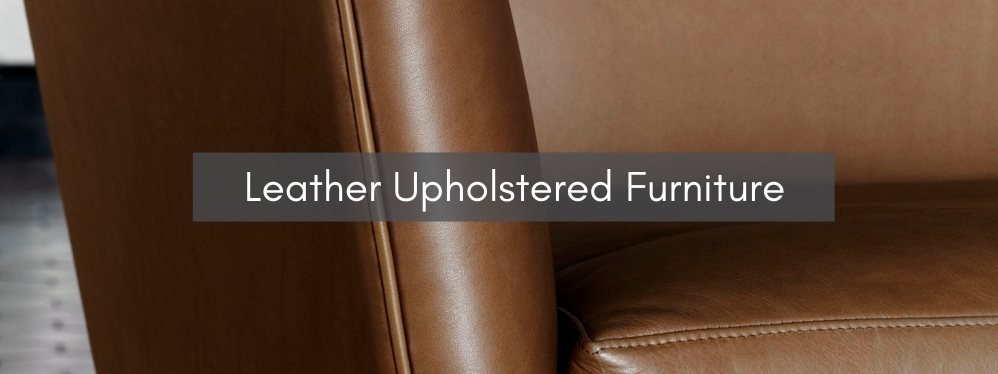
Leather Upholstered Furniture
Carl Hansen & Søn offers a selection of different types of leather. Each type of leather has its own qualities and characteristics.
Please note that typical features and natural marks that can occur on saddle leather, aniline and semi-aniline leather such as: Insect bites, scars, neck folds, fat streaks, beauty marks, hide hair, colour differences from one leather hide to another and even from the same hide, and variation in the natural grain from one hide to another and even from the same hide.
It is recommended to regularly vacuum leather chairs with a soft brush, and do not use sharp items or detergents to clean leather furniture. It is not advisable to place leather furniture close to heat sources such as stoves and radiators, or in direct sunlight.
Pigmented Leather Product Care and Maintenance: LOKE, FREJA
Regular maintenance: Wipe the surface with a clean, soft undyed cloth for normal and daily cleaning. You may use a damp, well wrung cloth if required.
Stain removal in pigmented leather: If wiping with a damp cloth is not sufficient for getting rid of a deeper stain, the leather can be wiped with a clean, soft cloth soaked in soapy water, see instructions in section below. Be sure to wipe the entire surface. Spot cleaning is not advisable as it can cause stains or blotches and cause color variations in the leather.
Aniline, Semi-Aniline and Saddle Leather Product care and Maintenance: THOR, SIF, Goatskin
Regular maintenance: Wipe the surface with a clean, undyed cloth for normal and daily cleaning. Use a damp, well wrung cloth for lighter stains. Wipe the surface quickly over the entire surface to avoid blotches.
Stain removal in aniline, semi-aniline and saddle leather: Spilled liquids and the like should be removed immediately. If the well rung damp cloth does not suffice, the leather can be wiped with a clean, soft cloth soaked in soapy water. Be sure to wipe the entire surface. Spot cleaning is not advisable as it can make stains and cause color variations in the leather.
Instructions for cleaning leather with a soap solution
The soap solution should consist of 1⁄4 dl natural, colourless soap flakes to 1 litre of warm water. Whip the soap flakes in the warm water and let the solution cool to room temperature before using. It is important that only the foam is used from the solution and that the leather is not soaked. Remember to dry the leather with a dry, undyed cloth, otherwise stains from the foam might form. Polish the furniture with a dry soft cotton cloth when it is dry.
If the leather needs special treatment, use vegetable-based leather cream or other natural vegetable-based care products.

Chrome / Powder-Coated Steel / Stainless Steel Frames
Chrome Frames
Glossy chrome plating consists of several layers. The outermost and visible layer consists of a thin layer of chrome. The underlying layer, which adheres to the base material, is nickel. The chrome plated surface does not alter with time and will always have a mirror-gloss look.
Regular maintenance: Furniture with chrome plated surfaces can be wiped with a damp cloth soaked in warm water or a mild detergent. Wipe the surface with a dry cloth after to avoid streaks and limescale stains.
Should regular maintenance not suffice to clean the furniture, the surface can be cleaned with household rubbing alcohol.
Note: Water can cause light rusting on chrome plated surfaces. We recommend using a suitable metal polish such as Brasso or Autosol® to remove rust on chrome-plated surfaces.
Powder Coated Steel Frames
Powder coating gives the furniture a durable and uniform surface.
Regular maintenance: You may wipe furniture with a powder coated surface with a damp cloth soaked in warm water or a mild detergent. Wipe the surface with a dry cloth after to avoid streaks and limescale stains.
Do not use solvents, sharp objects or abrasive cleaners on powder coated surfaces.
Stainless Steel Frames
Stainless steel has a high chromium content which gives the steel its resistant surface (corrosion resistant properties).
Regular maintenance: Stainless steel furniture can be wiped with a damp cloth soaked in warm water or a mild detergent. Wipe the surface with a dry cloth after to avoid streaks and limescale stains.
Should regular maintenance not suffice to clean the furniture, the surface can be cleaned with household rubbing alcohol.
Please note that minor rust stains may appear on the stainless steel surface over time. The minor rust stains on the surface are often caused by metal or iron particles from other objects – shoe buckles, bags with metal fittings. In most cases, small rust stains and minor scratches can be removed by sanding the surface with a very fine sanding sponge intended for metal. Remember to always follow the direction of the steel grain when sanding.
Note that chlorine based cleaners must not be used on steel as they will cause rust. Ensure to wipe the steel with a dry cloth after washing the floor to avoid any stains on the steel.

Cushions with Down/Feathers
Carl Hansen & Søn uses polydun in their cushions which is a combination of natural filling and foam granules. The mixing ratio of the two filling materials varies depending on the intended use of the cushion and to ensure the best possible comfort and dimensional stability.
Regular maintenance: It is recommended that cushions with polydun are shaken/beaten – on the sides, top and button, and front and back – often to keep the optimal spring in the filling and to maintain the shape as much as possible.
Please note that cushions with polydun must not be washed, but must be cleaned by a professional furniture cleaner.
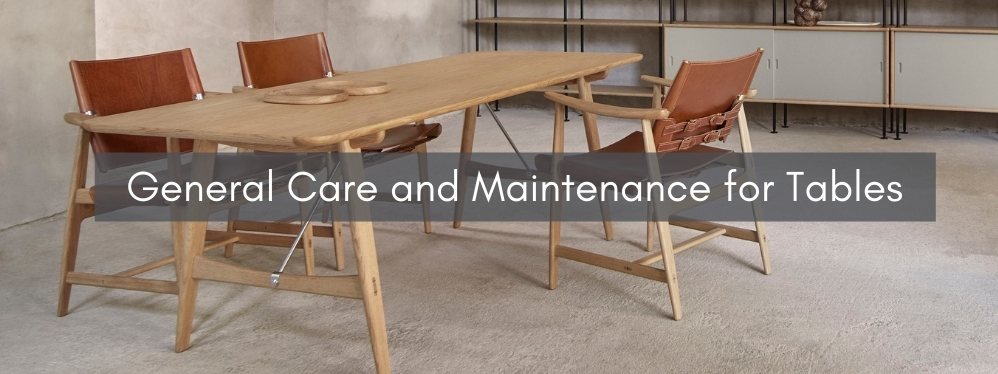
General Care and Maintenance Information for Tables
Carl Hansen’s range of handcrafted, designer furniture are designed to last for many years, and even generations. It is highly recommended that you care for your furniture well to ensure a long lifespan. When solid wood furniture is well cared for and maintained, a beautiful wood patina will form over the years. Wood is a natural material, and colour variations, grains and knots may occur on the finished product.
As solid wood is a living, natural material, it is affected by humidity and sunlight. The recommended humidity levels for solid wood tables are between 30% to 60%. Please note to not place solid wood dining tables too close to heat sources such as radiators or stoves. Solid wood is also affected by direct sunlight, and gets dried by it. Both direct sunlight and low humidity may cause cracks in the table top, so it is advisable to avoid placing the table in direct sunlight.
Sunlight also matures the wood, so please note to be mindful when placing objects such as vases, candlesticks, etc., as these items may cause colour differences when the wood ages, which will be harder to remove.
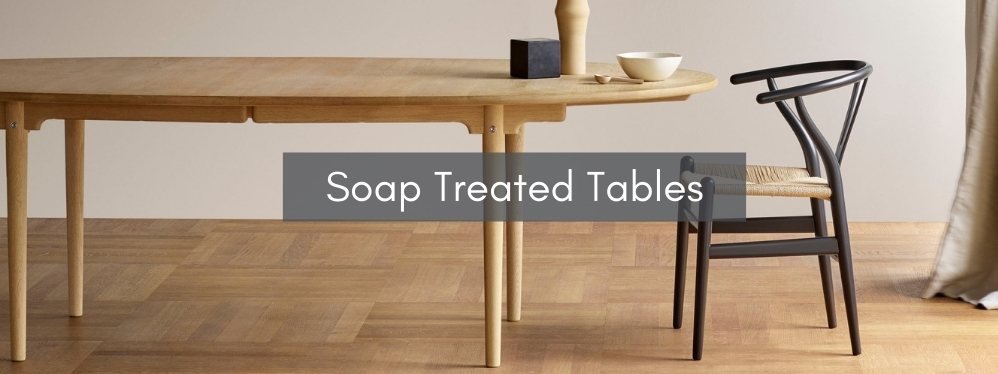
Soap Treated Tables
Soap treated solid wood tables are generally easy to care for and maintain. It is recommended to treat the table with a soap solution after receiving the item, and to then treat it every 4-6 weeks depending on where the table is placed and the usage regularity; regular treatment will improve the wood’s lifespan.
The soap solution to clean the oak tables must not be too harsh or concentrated, as soap may react with the wood’s tannin and might turn it a darker colour.
Instructions for Treating Soap Treated Tables
- Use a sanding sponge to gently rub the furniture’s surface before applying the wood soap. Carl Hansen provides both the sanding sponge and soap in the care set of your furniture.
- Ensure to shake the soap bottle well, then apply the solution to the surface with a dry cloth, following the wood grain direction.
- Please note to also apply the soap solution to the furniture’s edges, table underside, and legs. This prevents any wood cracks or warping, as when wood dries, moisture is released, and treating the entire wood surface allows a more even release of moisture.
- After the soap solution has been applied to the entire surface, wait 10 minutes.
- Now wipe the table with a clean cloth or sponge, ensuring it has been wrung out tightly after rinsing with hot water (do not use washing up liquid). This is to remove any excess soap.
- Allow the furniture to dry completely. There is no need to use oil or wax after treating your table with the soap solution.
There is a possibility wood fibres may slightly rise after the first few soap treatments. You may use a sanding sponge or thin sandpaper (grade 180 or 240) to rub the entire surface of the furniture, and to sand in the grain’s direction. After lightly sanding the furniture, a second soap treatment is required.
For daily care, the table may be cleaned with a clean, soft cloth that has been tightly wrung with lukewarm water. Important note: Do not use any harsh cleaning products and chemicals, or steel wool, as these might damage the furniture.
Should the wood soap solution that comes with your furniture run out, you may purchase another from Danish Design Co Singapore.
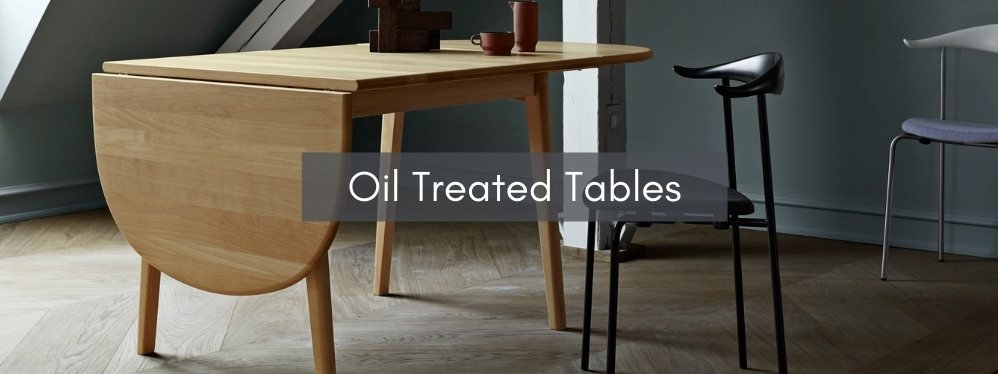
Oil Treated Tables
Oil treated coffee and dining tables are easy to maintain and care for. It is recommended to oil your tables 2-4 times a year to maintain its look and to extend the longevity.
Instructions for Treating Oil Treated Tables
- Wipe the entire table’s surface with a clean cloth that has been wrung out with clean hot water. Allow the table to dry completely.
- Lightly rub the surface of the entire furniture with a sanding sponge, before oil application.
- Apply the oil from the care set given with your furniture. Use a clean cloth or sponge and do not pour the oil directly onto the wood.
- Ensure the oil solution is applied in the wood grain direction in an even and thin layer, and that the oil is applied to the entire surface, including the table top and underside. This is to avoid any uneven release of moisture which might warping or cracks.
- Leave the oil to dry on the wood surface for approximately 2 hours. Then remove any excess oil with a clean and dry cloth.
- If you live in a colder climate that experiences winter, ensure that the cross-cut edge ends are treated during the colder months to any cracking or drying of the wood.
Should any scratches occur on the wooden table top, the affected areas can be sanded down gently to even out the surface. Sand the wood in the direction of the grain using the sanding sponge provided, or with a fine sandpaper (grade 240). Should you need to purchase another sanding sponge, it should be grade 180 or finer. Thereafter, wipe the table top with a clean and dry cloth to remove any wood dust. Now, apply the oil treatment as per the instructions above.
For daily care, you may use a soft cloth that has been wrung out with hot water to wipe the table. Do not use any harsh chemicals, or cleaning agents on the furniture.
Important note: Cloths or sponges that have been used to treat the furniture with oil may suddenly ignite. To avoid this, store these in an airtight glass or metal container. This includes when these are being disposed of.
If you require additional oil for your wooden tables, this may be purchased at Danish Design Co Singapore.
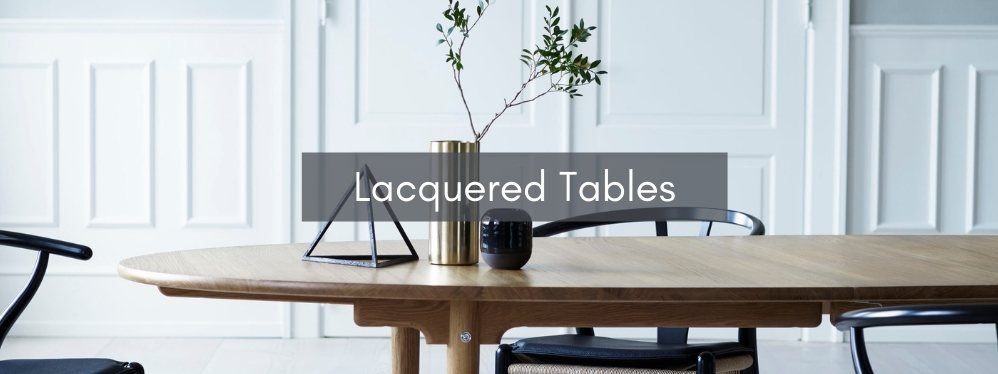
Lacquered Tables
Lacquer seals the surface of the wood, which means the furniture will not be affected by sunlight the way soap or oil treated furniture are. Lacquered wood will still darken over time. Hence, it is advisable to be mindful of objects that are placed on the furniture for longer periods of time, such as vases, dishes, candlesticks etc.
Daily care and maintenance of Carl Hansen’s lacquered tables is easy. Simply wipe the table top with clean cloth that has been wrung out with clean, slightly warm water.
Important note: It is not advisable to use cleaning solutions or chemicals on the wood.
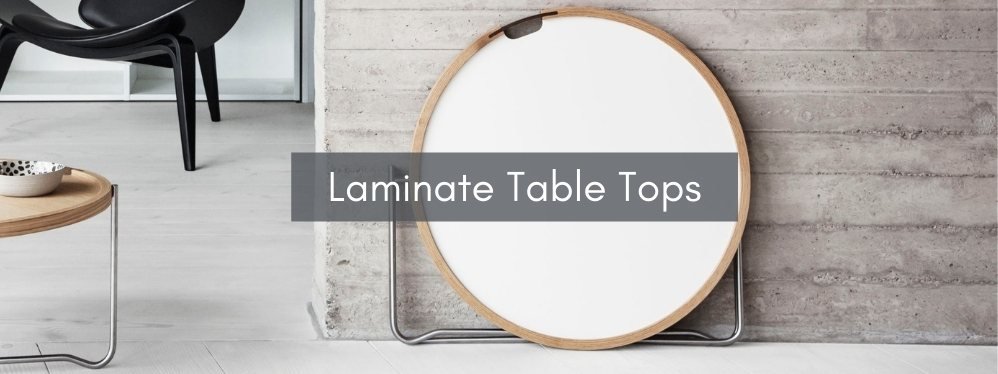
Laminate Table Tops
Coffee or dining tables with laminate table tops are easy to maintain, and can be cleaned with on a daily basis with the provided laminate cleaner.
Instructions for Tables with Laminate Table Tops
- Spray the laminate cleaner directly on the surface in an even, thin layer.
- Leave the product on the surface for a few minutes.
- Wipe the entire table surface with a damp cloth.
- Dry the surface with a clean, dry cloth.
Should the laminate cleaner not be effective at removing stubborn marks, it is advisable to use concentrated cleaning substance or washing-up liquid directly onto the affected area, then wipe the surface with a damp cloth. Rinse the surface a few times with clean water.
If you decide to use a cleaning substance that is more aggressive, it is recommended to test the cleaning agent on a small, less conspicuous surface to check if it causes any discolouration.
There are certain substances that may cause discolouration on the surface if they are left too long, such as coloured fruit juices. Ensure that any food or beverage spills are cleaned as soon as possible. To remove any marks left by marker pens, use alcohol on the affected spot. Pencil marks can be removed with an eraser.
Please note that brown soap and soap flakes are not suitable for cleaning laminate table tops as these leave a matte film on the surface. Should this occur, the film can be removed with a standard cleaning agent that has been dissolved in warm water.
Important note: Do not use harsh materials such as scouring agents or steel wool on laminate tops as these might cause damage.
If you require additional laminate cleaner for your tables, this may be purchased at Danish Design Co Singapore.
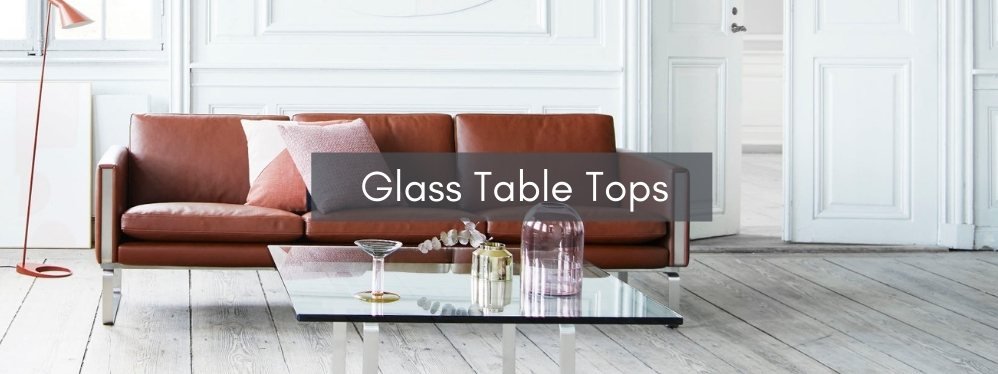
Glass Table Tops
Tables with glass tops are generally easy to maintain, and only requires wiping the surface with clean water; with a micro-fibre cloth or a sponge.
A standard glass cleaner can be used to remove any fingerprints or grease marks. Please not to not use any scouring agents, or corrosive/acidic/alkaline cleaning agents, as these substances could cause scratches on the glass surface.
Any excess moisture can be removed with a cloth or sponge, then polished with a microfibre cloth until dry.
Important note: Do not let moisture remain on the glass surface for long periods of time as these might cause limescale residues to form. Wipe away any liquids as soon as possible.
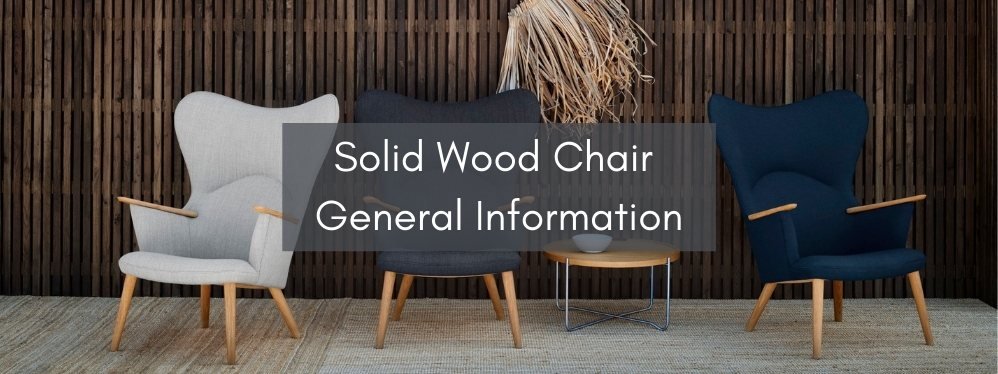
Solid Wood Chair General Information
Carl Hansen’s collection of exquisite, designer solid wood chairs are designed to last years, and generations too. It is advisable to maintain and care for your solid wood furniture to extend its lifespan.
When well cared for and exposed to daylight, solid wood furniture develops an exquisite wood patina over the years. As wood is a natural product, wooden knots, lines, and colour variations may occur on the furniture.
Solid wood is a natural, living material that is affected by humidity and daylight. The ideal range of humidity levels are between 30%-60%. Ensure that the solid wood furniture is not placed near sources of heat such as radiators, direct sunlight, or burning stoves.
Please note that Carl Hansen & Søn’s product warranty is only valid when the proper care and maintenance have been taken as per the instruction guide.
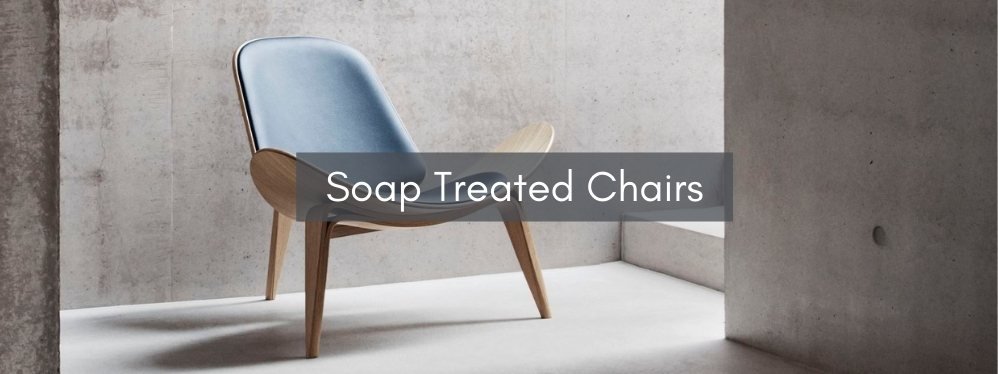
Soap Treated Chairs
Daily care and maintenance for soap-treated solid wood chairs are simple. It is advisable to use wood soap and sanding sponges, and these can be purchased from Danish Design Co Singapore. You may also use good quality soap flakes and fine sandpaper (grade 180 or 240) to treat your wooden chairs.
Note for treating oak furniture: Ensure the soap solution is not too concentrated as the soap may react with the wood’s tannin and darken the surface.
Instructions for Soap Treated Solid Wood Chairs
- Gently sand the wood surface with a sanding sponge or fine sandpaper, before applying the soap flake solution.
- Apply the solution over the entire surface of the wooden chair with a dy cloth, and follow the wood grain. Allow the solution to sit for 10 minutes.
- Wipe the chair with a clean cloth or sponge that has been well wrung with hot water, and ensure to remove any excess soap.
- Let the furniture completely dry before use again. There isn’t a need to use oil or wax on the furniture.
Important Note: Never use washing up liquid on the wooden chair.
There is a possibility wood fibres may slightly rise after the first few soap treatments. You may use a sanding sponge or thin sandpaper (grade 180 or 240) to rub the entire surface of the furniture, ensuring to sand in the grain’s direction. After lightly sanding the furniture, another soap treatment is required.
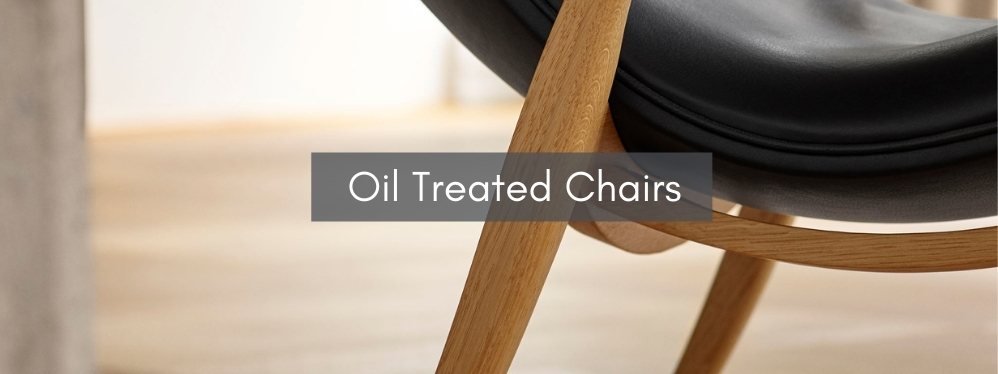
Oil Treated Wood Chairs
Carl Hansen recommends regular care and maintenance on oil treated chairs, which are very easy to care for.
Instructions for Treating Oil Treated Wood Chairs
- Using a clean cloth wrung out with hot water, wipe the entire surface of the wooden chair thoroughly, then leave the chair to dry completely.
- Gently sand the wood surface with fine sandpaper (grade 180 or 240) or a sanding sponge before treating the furniture with oil.
- Use a clean sponge or white cloth to apply the oil thinly and evenly, to the entire surface of the furniture, and do so in the direction of the grain.
- Let the oil dry for approximately 2 hours, then remove any excess oil with a dry and clean cloth.
Sanding sponges and oil for treating your furniture may be purchased at Danish Design Co Singapore.
Should any scratches occur, the affected area can be gently sanded down in the direction of the grain, using fine sandpaper or a sanding sponge. Thereafter, remove any residual dust with a clean and dry cloth. Then begin treating the furniture as detailed above.
Important Note: Cloths or sponges that have been used to treat the furniture with oil may suddenly ignite. To avoid this, store these in an airtight glass or metal container. This includes when these are being disposed of.
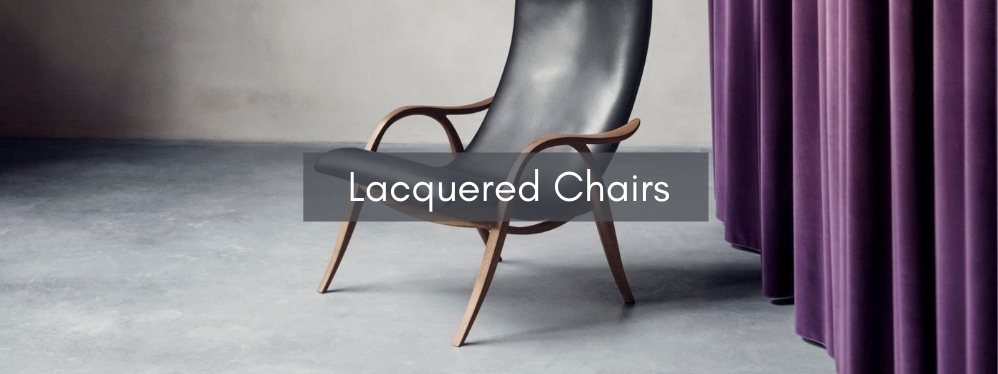
Lacquered Wood Chairs – Clear Lacquer and Colour
Generally, wooden chairs with a lacquered surface are easy to maintain. The lacquer seals the wood’s surface, and will not be affected by sunlight in the same way as oil or soap treated furniture. You need only wipe the chair whenever necessary, with a cloth that has been wrung out with lukewarm water.
Do avoid using harsh chemicals or cleaning agents on the wood.
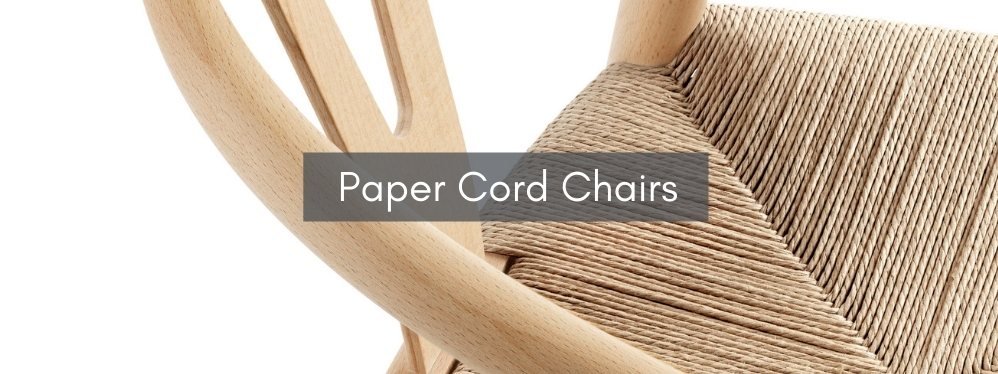
Paper Cord Chairs
Chairs with woven paper cords are seen on numerous Hans J. Wegner’s chairs, such as the exquisite, best-selling Wishbone chair, CH44 and CH46. Chairs with paper cord seats generally require little maintenance, as paper cord from Carl Hansen’s collection is durable and will last years.
Instructions for Maintanining Paper Cord
To clean the paper cord seat, you may wipe it with a wrung cloth that has been dipped in a colourless soap solution. It is not recommend cleaning it in this method too often as it can wear the material.
The paper cord has been treated with a thin layer of wax, which helps prevent stains. However, discolouration may result from spilling beverages such as red wine, concentrate fruit juices etc. Should this occur, remove as much of the spilled liquid as soon as possible, with a damp soft cloth that has been wrung out. Do not rub the liquid into the paper cord, and only blot the affected spot. Do not use washing up liquid on a wicker frame.
White woven paper cord in particular, may experience discolouration by strongly dyed fabrics such as a new pair of jeans. To prevent this, a seat cushion may be placed on the paper cord. The white paper cord will still patinate naturally and aesthetically over time.
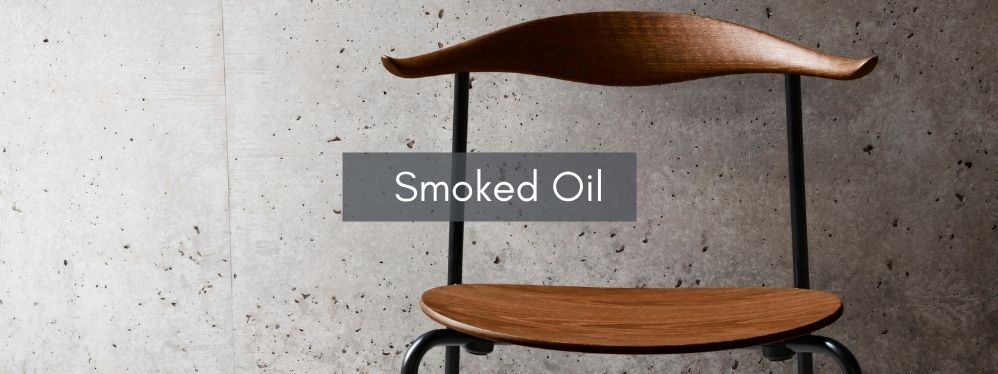
Smoked Oil Treated Products
We recommend that all Smoked Oil Treated products are not sanded and not given any additional surface treatment, except for clear oil from the care kit recommended by CHS. Regular cleaning with a damp cloth will ensure that the product always appears elegant and patinates beautifully. Please never use harsh cleaning agents when cleaning wooden furniture. When in doubt, care should always be tried on a non-visible part of the product.
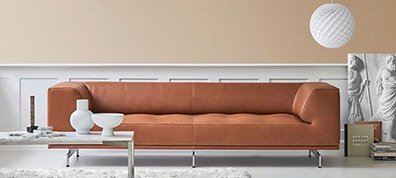

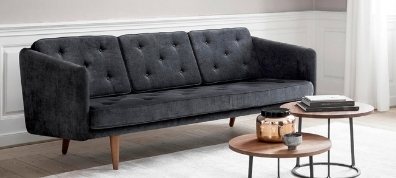
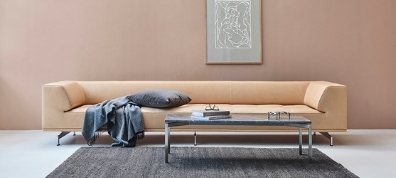

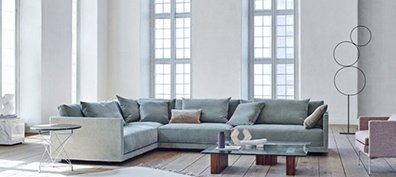
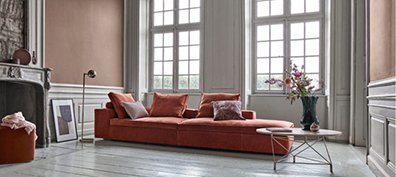
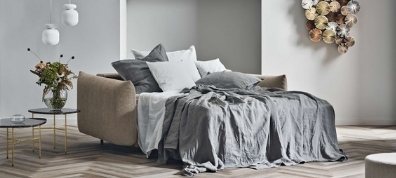
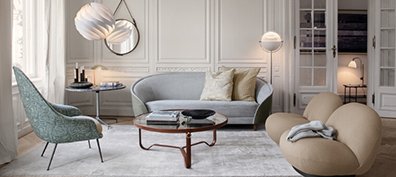
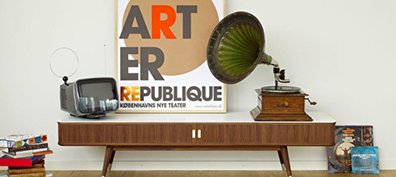
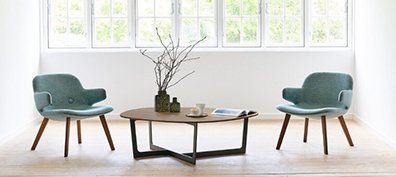
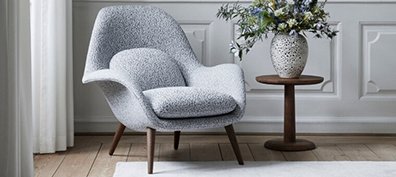
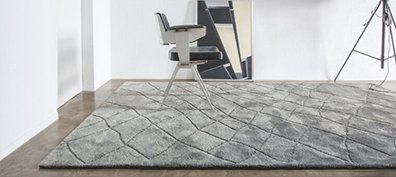
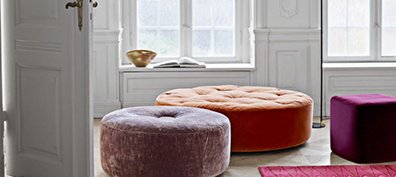
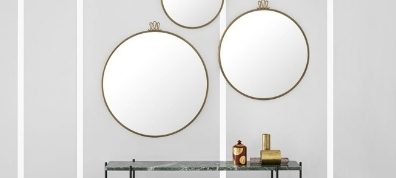
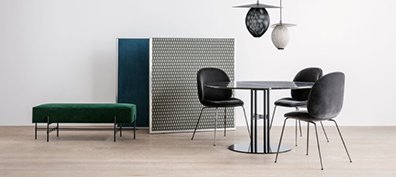
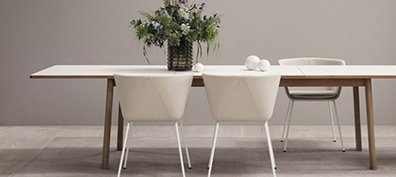
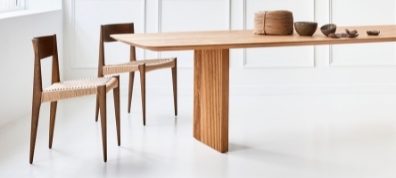
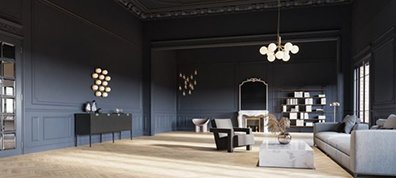
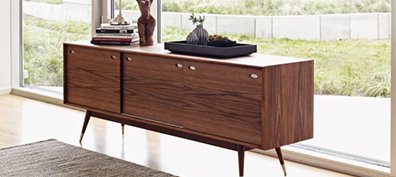
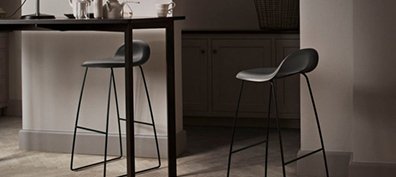



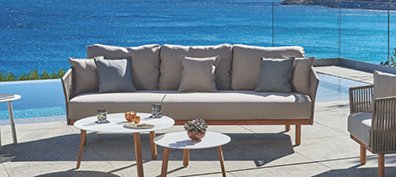
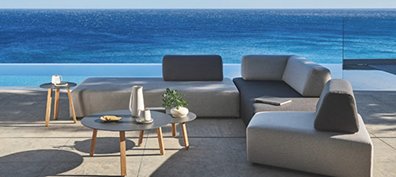
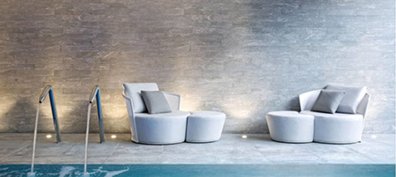
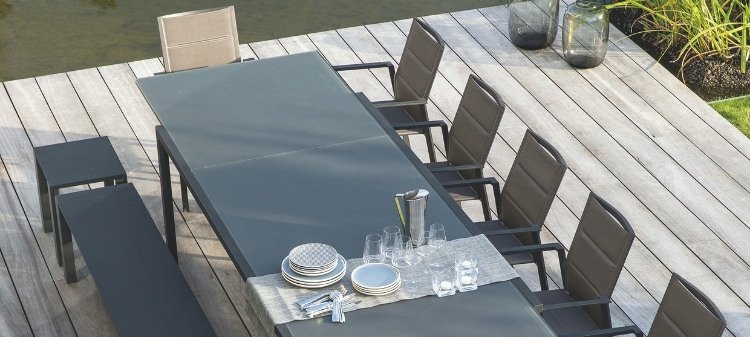
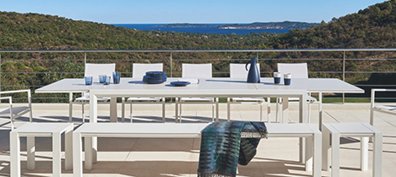
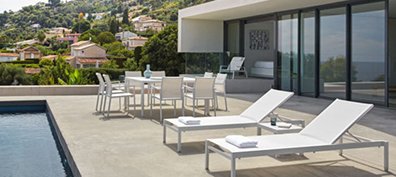
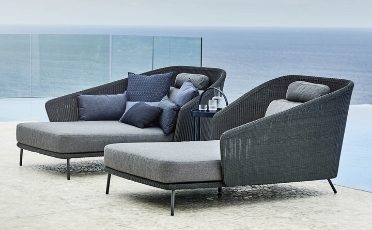
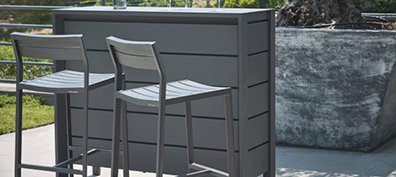
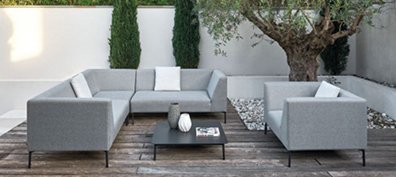
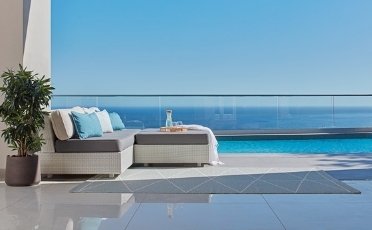
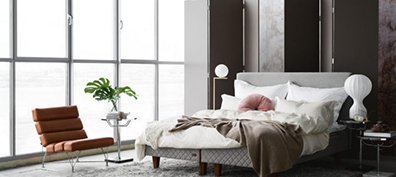
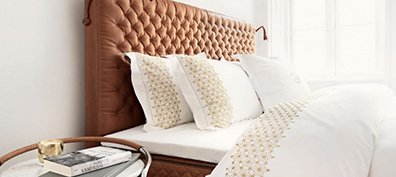
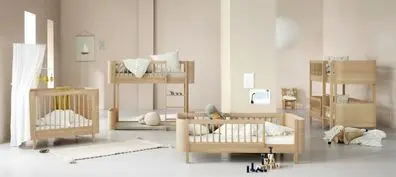
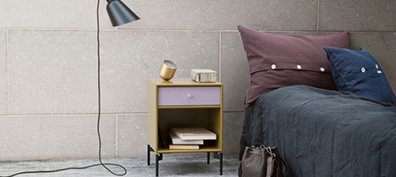
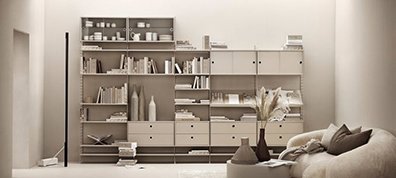
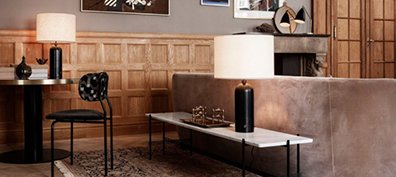
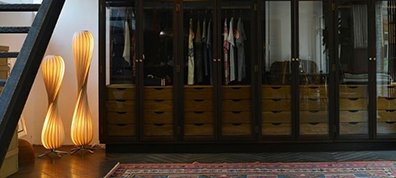





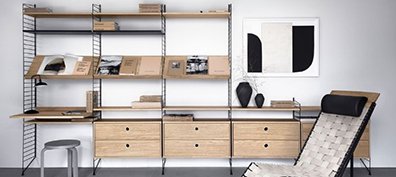
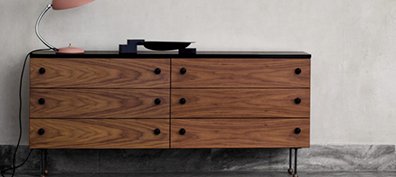


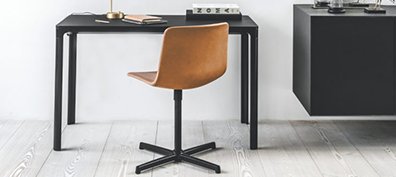
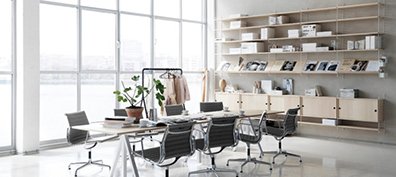




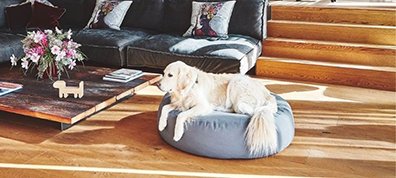
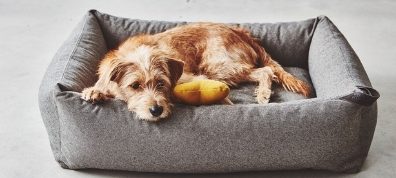
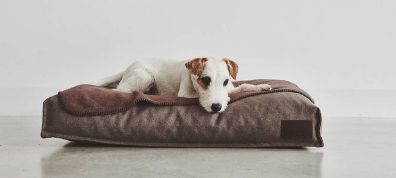

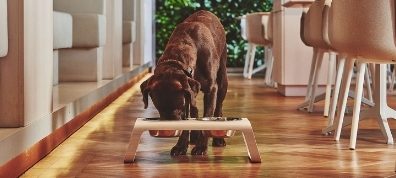
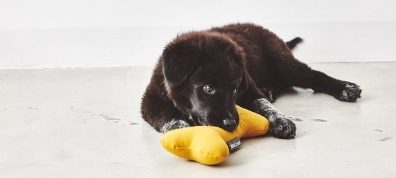
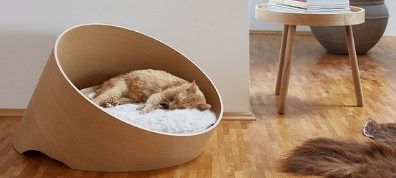
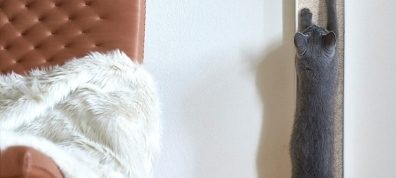
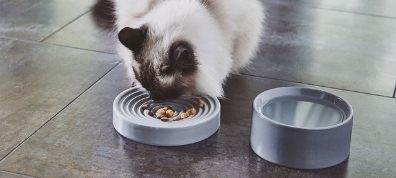
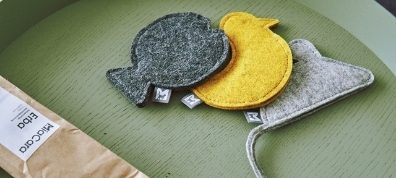
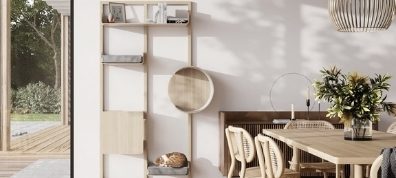
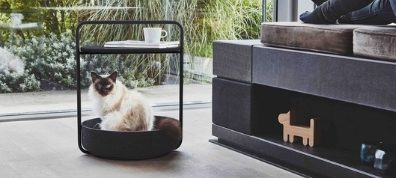
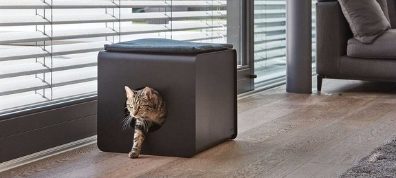


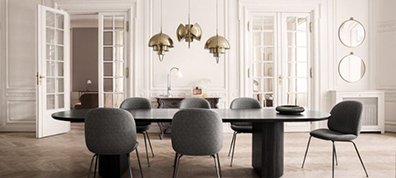

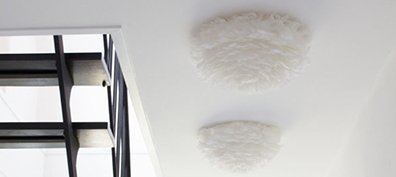
















 Danish Design | Authentic Designer Furniture
Danish Design | Authentic Designer Furniture